I’m sure you’ve all come across that a bright orange cheese before but have you ever wondered why it is orange? Read on to learn about the natural dye annatto. And we’ll give you some great examples of cheeses in which it is used.
SEE ALSO: What are the four ingredients that you need to make cheese? →
What is annatto?
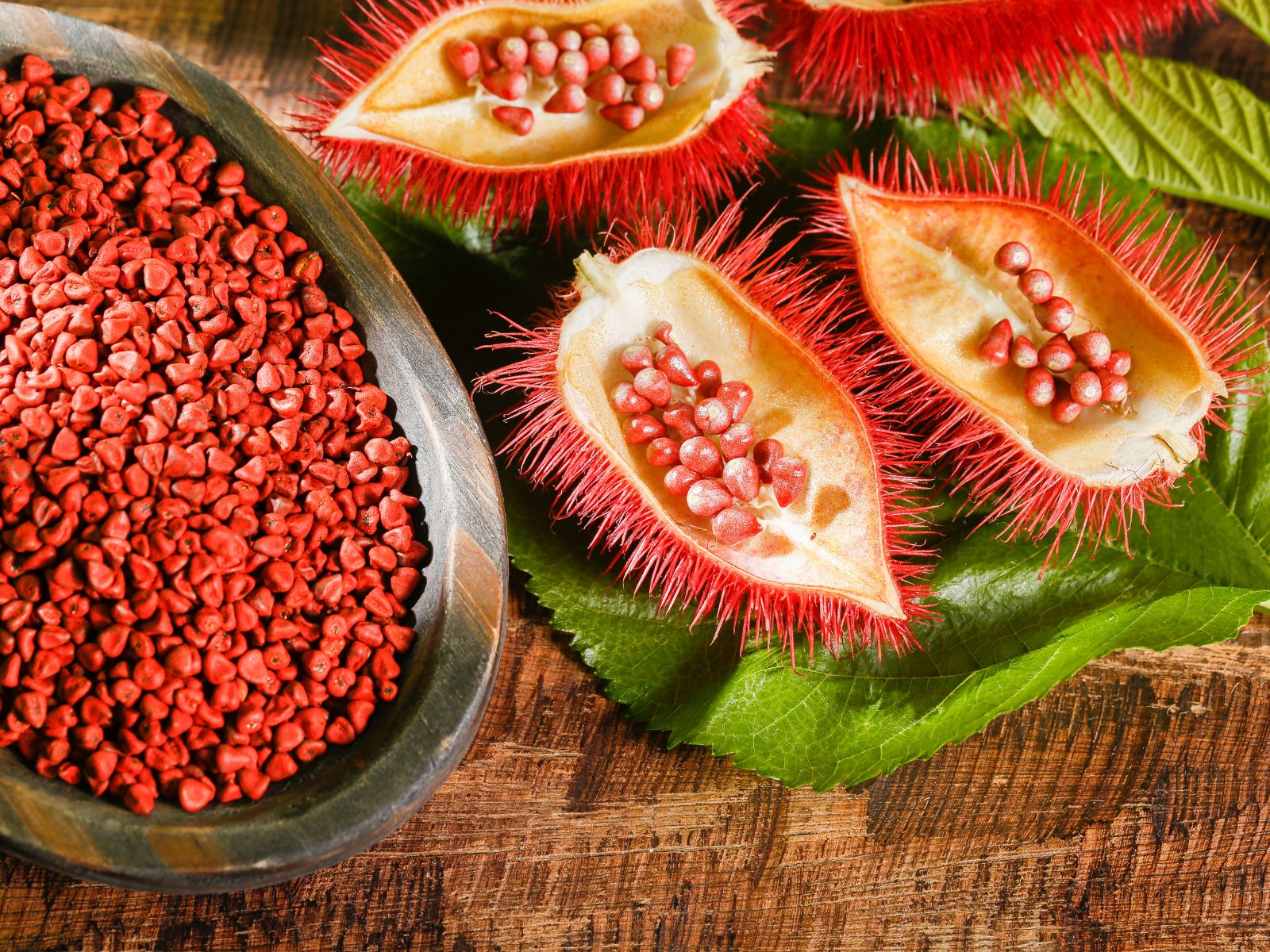
Annatto is a natural food colouring derived from the seeds of the achiote (Bixa orellana) tree. This tropical plant is native to specific regions of Central and South American from Mexico to Brazil.
The plant’s fruit holds multiple bright red seeds. The seeds are dried and ground to produce a fine red powder known as annatto, roucou or simply achiote by the locals. Actually, “achiote” is the name of the tree and the spice in Nahuatl, a language spoken in Mexico.
Why is annatto orange?
On a molecular level, the colour of annatto derives from a number of carotenoid pigments such as bixin and norbixin. Interestingly, those are found in the waxy coating of the seeds rather than the seeds themselves.
Around the globe, annatto is used in both artisanal and industrial productions to add colour to a range of foods including margarine, custards, potatoes, sausages and, of course, cheese.
Is annatto safe to eat?
When used in food proportions, annatto condiments and colourants are harmless for most people, but they can induce allergic reactions in those who are sensitive.
However, annatto is not among the so-called “Big Eight” substances causing hypersensitivity reactions. Effectively, those are responsible for more than 90% of food related allergic reactions.
Furthermore, the FDA and experts at the Food Allergy Research and Resource Program do not include annatto in the list of major food allergens.
The history of annatto in cheesemaking
The use of annatto in cheese dates back to ancestral times and bordered on the unethical. Back then, unscrupulous cheesemakers would add annatto to their cheese to make its colour appear brighter.
The reason for this was because cheese made with high quality milk from grass-fed cows tends to be high in beta-carotene. As a result, they usually have a brighter yellow hue than some of their lower quality counterparts.
More is more
Overall, this practice would make mediocre cheeses look more like refined artisanal cheeses. Over time, the cheesemakers kept trying to outdo each other and would add more and more annatto to their cheese.
And guess what? The cheeses went from having a pronounced yellow hue to being as orange as a pumpkin!
Modern examples of cheeses made using annatto
Nowadays, the use of annatto is more for an aesthetic statement rather than a blatant trick. Some of our most popular cheeses this time of the year are a testament of this. Let’s have a look at some examples.
Mimolette
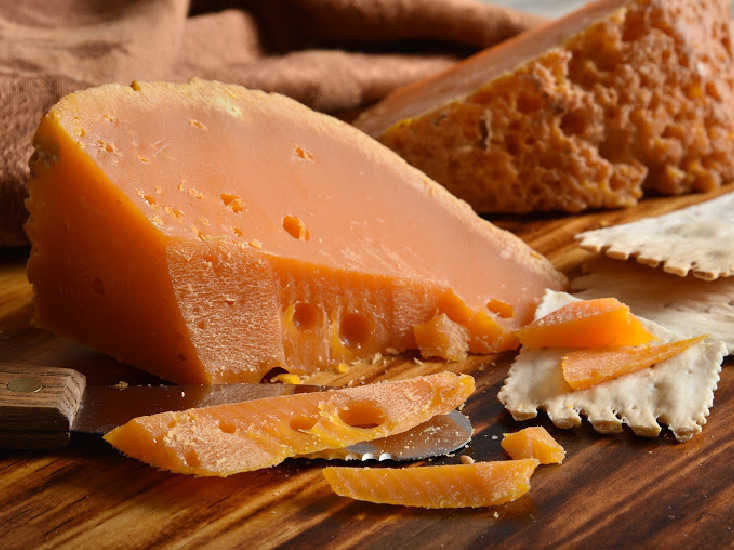
Mimolette Vieille is a brightly coloured hard cheese made by the Losfeld family in Lille, Northern France. It draws its inspiration from the traditional Dutch recipe for Edam. However, it differs from its Dutch counterparts in the use of annatto to impart its trademark bright orange colour.
L’Amuse Signature Gouda
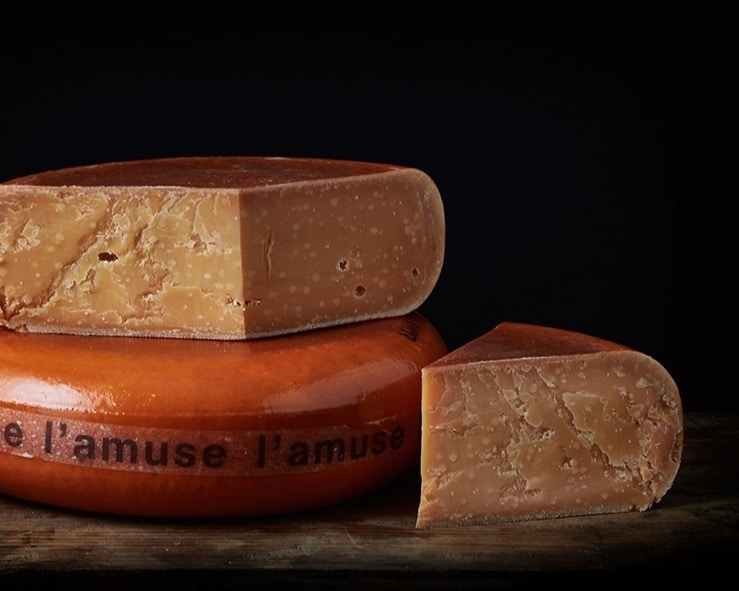
L’Amuse Signature Gouda is a hard cheese matured by Betty Koster at Fromagerie L’Amuse in IJmuiden. She carefully selects the best wheels from CONO Kaasmakers in Beemster, North Holland.
Sparkenhoe Red Leicester
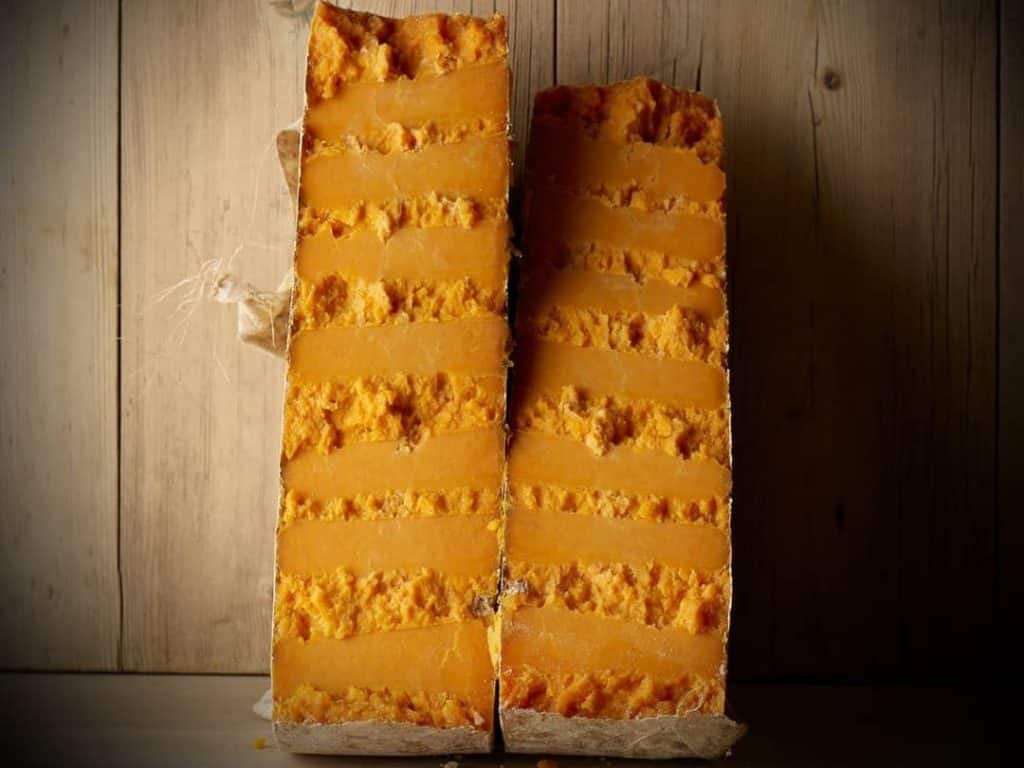
This unique hard cheese made by David and Jo Clarke, is England’s only unpasteurised Red Leicester cheese. Moreover, it is the first cheese to be produced on Sparkenhoe Farm since 1875.
What does annatto taste like?
Now this is a hotly debated topic. Let’s first talk about the fruit and the seeds. On the nose, the achiote seeds have a slightly peppery aroma with a hint of nutmeg. If you were to eat it raw, you might notice a subtle nutty and sweet quality, with notes of pepper.
Having said all of this, by the time the seeds are dried, ground and added in small amount to cheese, the aroma and flavour impact is minimal.
So, would Mimolette or L’Amuse Signature Gouda taste any different if it had no annatto in it? The short answer is no. In order to detect those subtle pepper and nutmeg qualities, the taster would have to possess an incredibly sensitive palate with supercharged taste buds.
Some other colouring agents used in cheese
Annatto is far from being the only natural dye used in cheese making. Keep reading for some other examples of natural colouring agents that have been used by cheesemakers over time.
Sage Derby
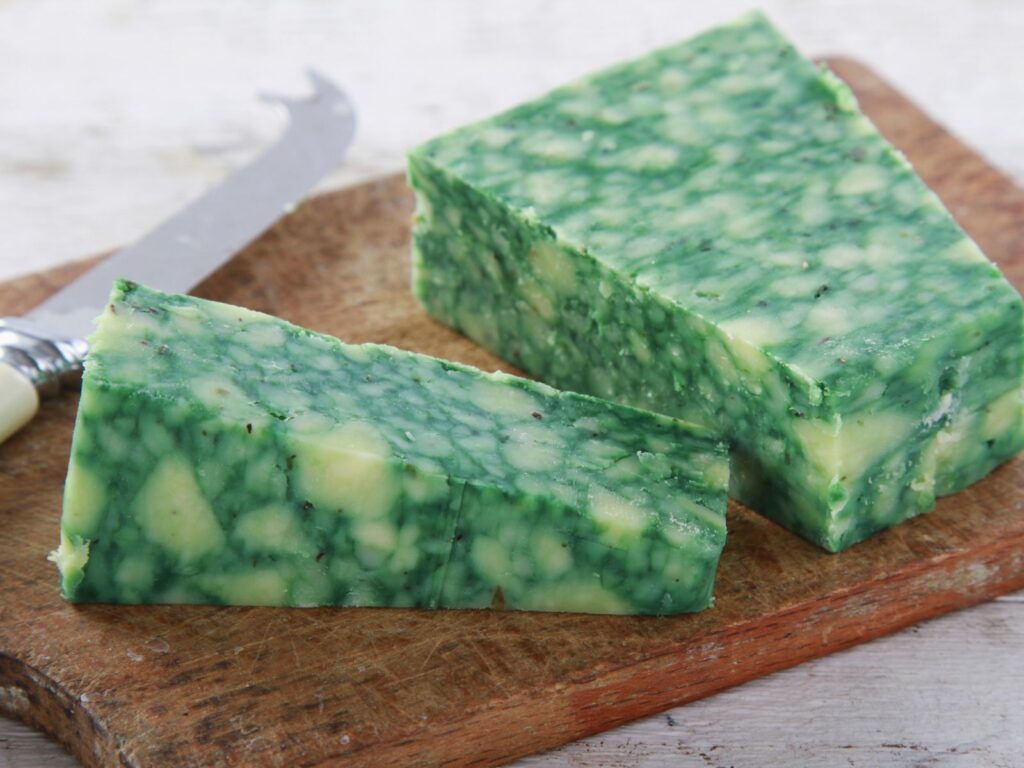
In Sage Derby, the cheesemaker adds a green vegetable dye and dried sage herb to the cheese just before the curd is hooped. Subsequently, the colour adheres to the surface of the curd particles to produce a mottled green effect.
Smoked cheeses
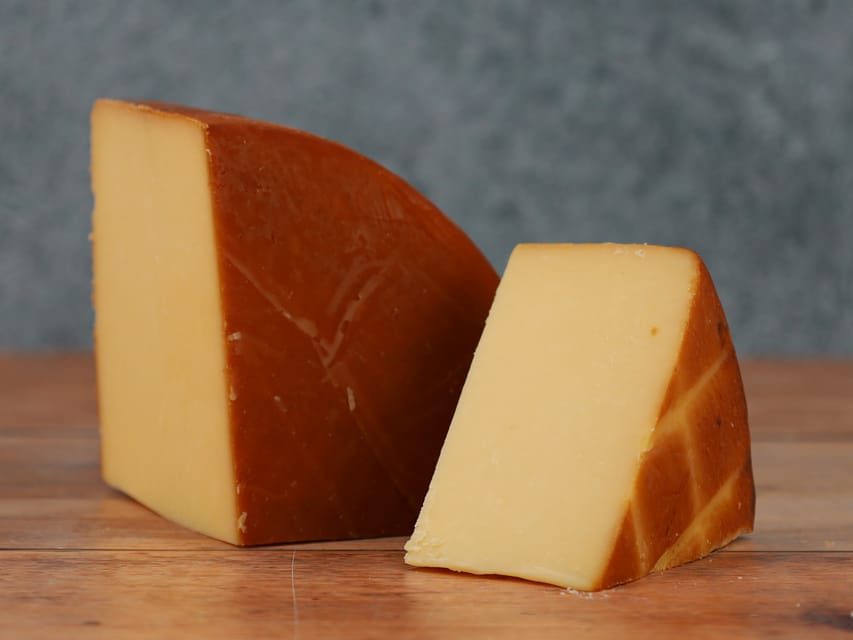
How about smoked cheeses? As a result of the heat and smoke, naturally smoked cheeses have a bright yellow to brown colour. Moreover, that colouration can be uneven and patchy at times, which contributes to the overall rustic effect.
Washed rinds
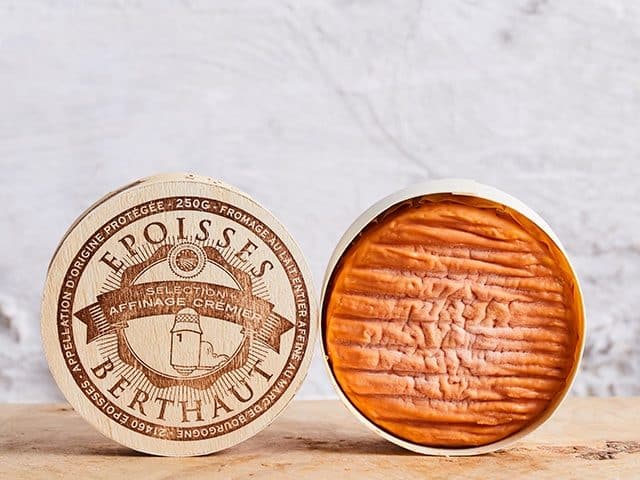
Traditionally, cheesemakers have washed cheeses with Brevibacterium linens to produce a bright red or orange rind. One famous example is Epoisses de Bourgogne.
Finally, herbs, grape skins and alcoholic beverages such as wine and beer can also be used to wash the outside of cheese. Overall, this process imparts a colour that is dominant in the beverage to the cheese. A very good example of this is the bright purple Port Wine Cheese.
The annatto effect
So, now you know what annatto is. From questionable origins to signature aesthetics, annatto’s history has been indelibly linked to cheese.
Whilst it makes more of a visual contribution than a gustative one, it is very hard to imagine what cheeses like Red Leicester and Mimolette would look like without the use of this natural dye.
Now, tell me. What is your favourite annatto cheese?
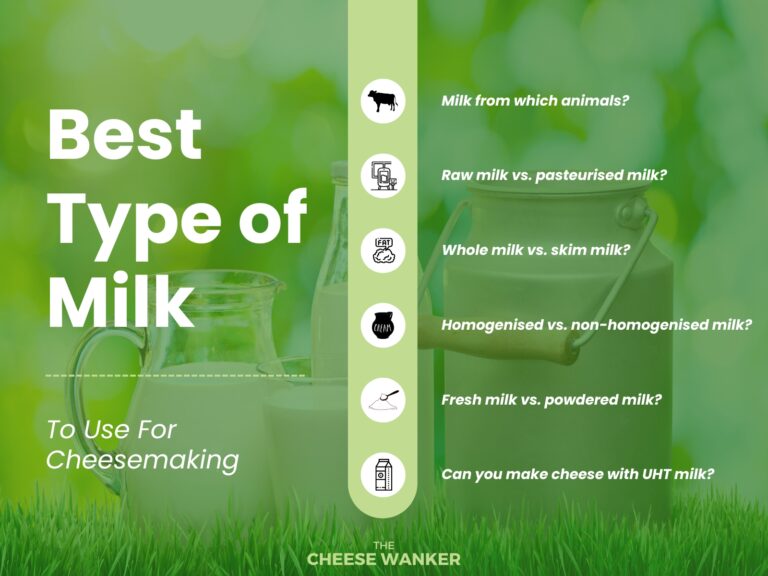
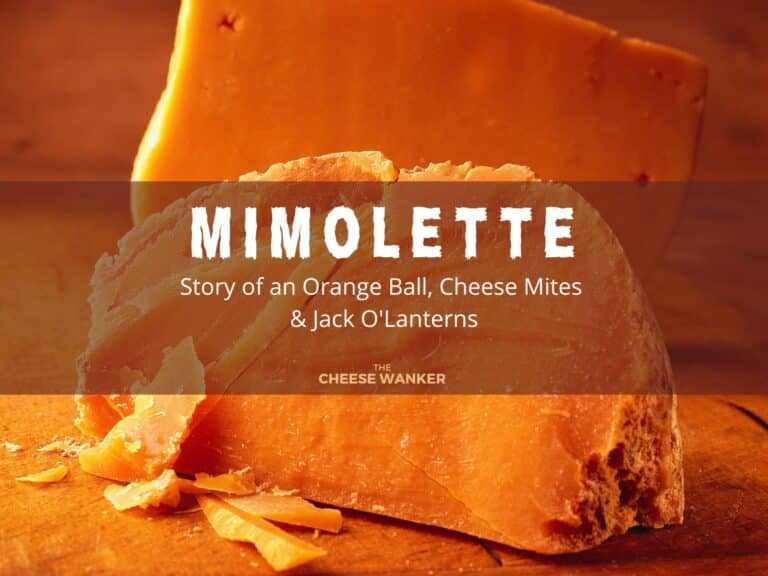
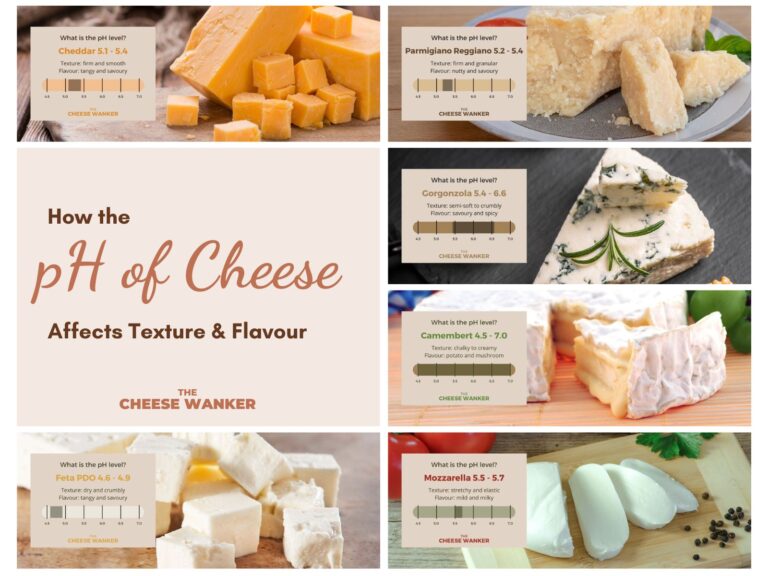
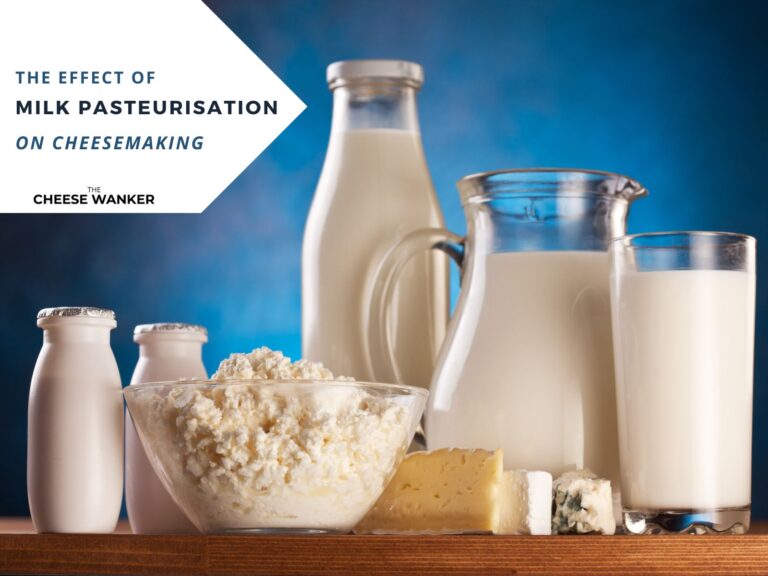
Yummy.
I know right! They are all such amazing cheeses!
Love the cheddar cheeses, Prairie Sunset, Edam Etc., There’s so many cheeses with annatto seeds and it’s doesn’t harm you. We use this annatto for recipe/cooking as well.
You’re spot on! I also love how every country has found a way to include annatto in their own traditional cheese recipes
You should be aware that Annatto is not safe for everyone. I found this out the hard way, as more products in the US started adding it to foods to replace the artificial coloring. For some, Annatto is an allergen that can cause a variety of symptoms. For me, that’s severe headaches that nothing alleviates but time and letting it work it’s way back out of my system. Just because something is natural doesn’t mean it’s safe for everyone. In the UK and NZ they are discovering more and more issues for more and more people because they’ve used it longer, are much more careful about ingredients and their medical apparatus is better at looking at nutritional issues. Here it will take another 10-20 years for anyone to realize that the headaches, digestive issues, blood sugar disregulation and drops in blood pressure are reactions, for some, to Annatto. People eating foods with this ingredient should at least be aware and watch for signs of reaction which can be subtle. With the headaches, they can occur within hours or a day and linger, once triggered, for the same time frames.